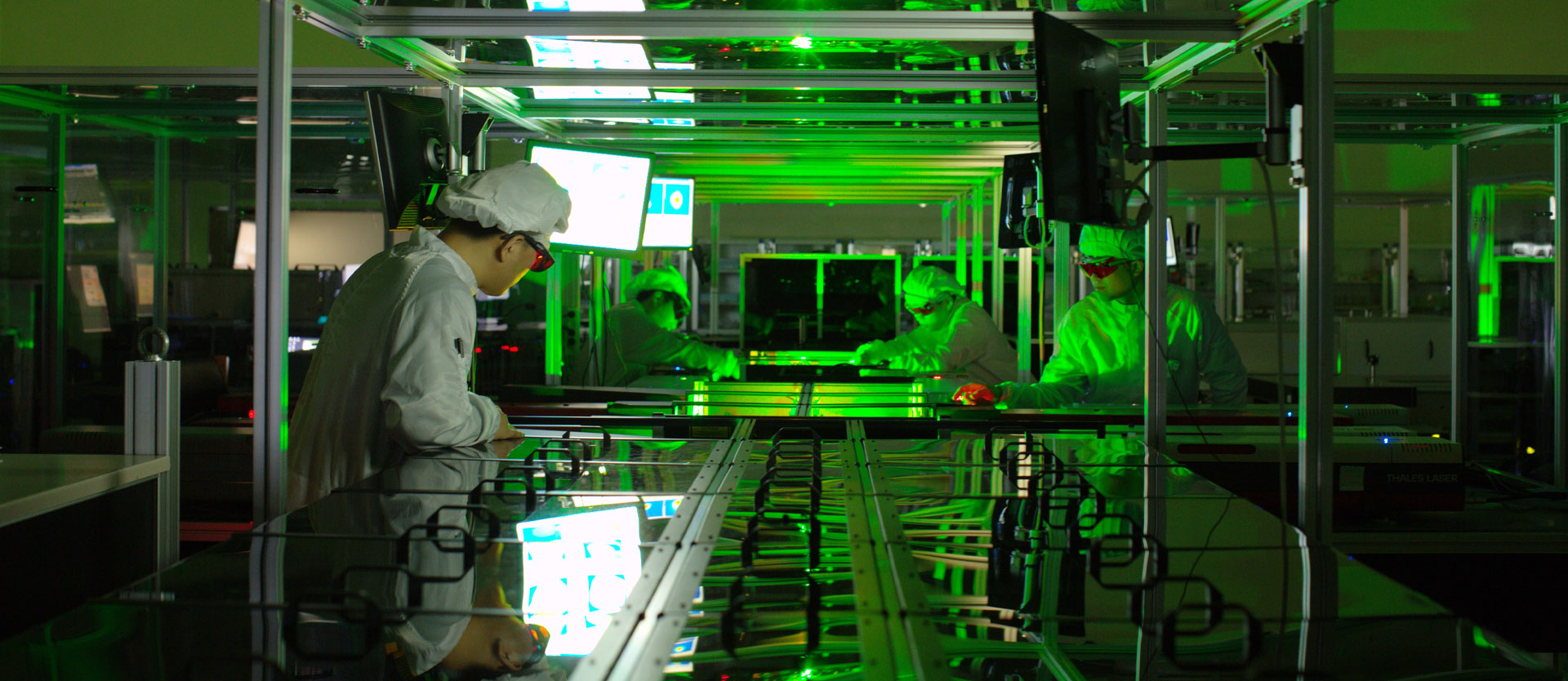
100 sextillion watts per square centimeter

For a split second it became extremely hot in a tiny space of the laser lab at the Center for Relativistic Laser Science (CoReLS) of the Institute for Basic Science in South Korea. Laser physicists focused laser pulses with the intensity of 100 trillion watt per square centimeter on an area slightly larger than one square millimeter. This would be similar to focusing all sunlight that reaches the earth on the hundredth of a square millimeter. Focusing light intensity with the help of laser technology to such a degree is a world record.
The previous record lasted for about 17 years: ever since a research team from the University of Michigan demonstrated a laser with the intensity of 1022watt per square millimeter in 2004, the research community has worked intermittently on the realization of laser intensities above 1023w/cm2. While the continuous laser beam is limited to an intensity in the megawatt region, pulsed laser system sallow for higher performances by emitting the energy in a few femtoseconds (millionth of a trillionth second, 10-15s).

The laser lab at the Center for Relativistic Laser Science (CoReLS) of the Institute for Basic Science in South Korea.
A 4-petawatt strong titanium-sapphire-laser provided the initial laser pulses. In order to raise the energy of its femtosecond laser pulses, the team used several amplifiers. This increased the laser beam to 28 centimeters in diameter and extended its pulse length to one nanometer. Next, this length had to be compressed to make the pulse length reach a length in the femtosecond length region. Also, there were wave front distortions that the scientists corrected with the help of mirrors. Subsequently, the light was focused with the help of a parabolic mirror. The light range was reduced to 1.1 micrometers in diameter.
“With the highest laser intensity up to date we can try to tackle new areas of experimental science, especially high-voltage electrodynamics, a field that so far has been studied mainly theoretically,” says Professor Nam Chang Hee, the director of CoReLS. “Similarly, we can study problems regarding electron-photon dispersion and photon-photon-dispersion that appear in direct relation to various astrophysical phenomena,” Chang Hee explains.












